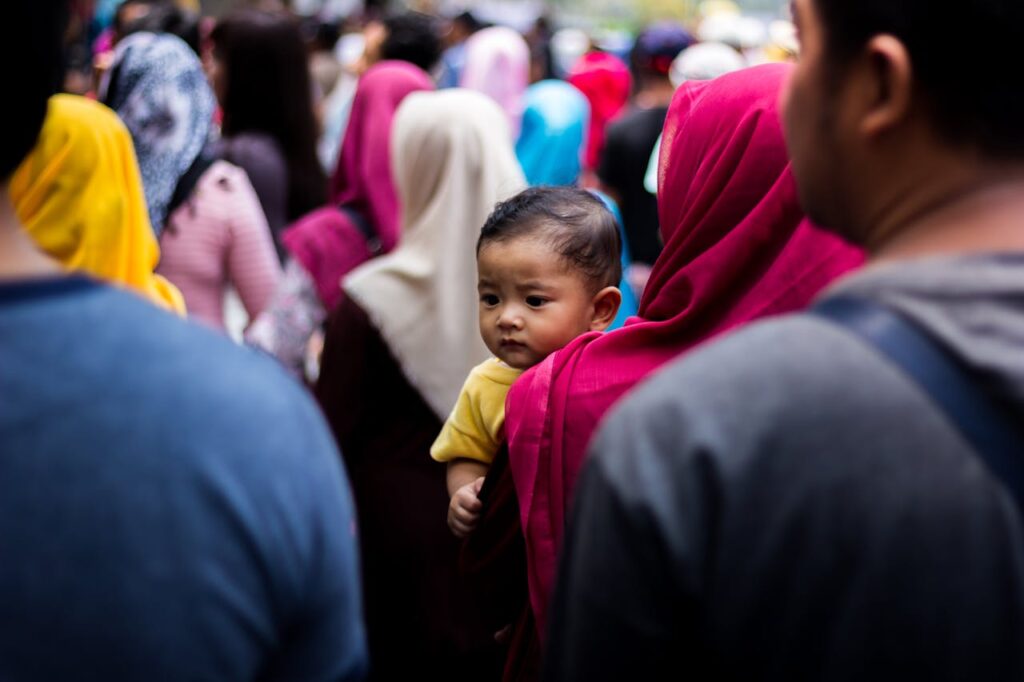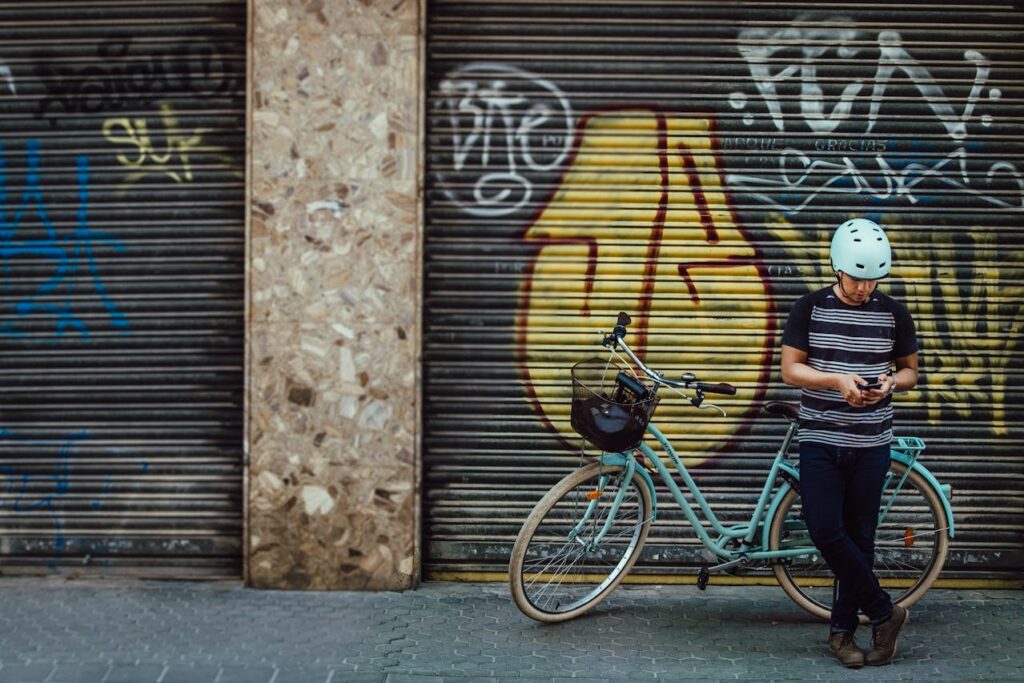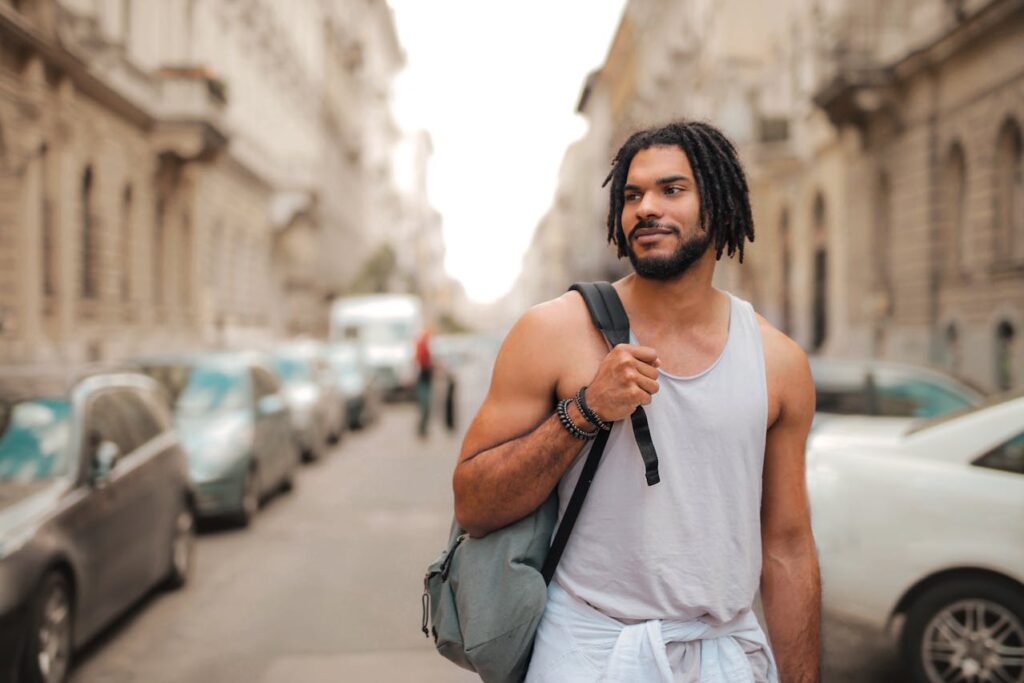Street photography is a genre that captures candid moments and everyday scenes in public spaces, reflecting the essence of urban life. This article explores the history, techniques, ethical considerations, artistic approaches, practical tips, and cultural impact of street photography for audiences in the United States.

History and Evolution
Street photography emerged in the early 20th century alongside advancements in portable cameras, allowing photographers to document spontaneous moments in city streets, neighborhoods, and public spaces. Influential photographers like Henri Cartier-Bresson and Dorothea Lange pioneered the genre, capturing poignant images that reveal the human condition and social realities of their time.

Techniques and Approaches
Candid Photography: Street photographers aim to capture authentic, unposed moments of everyday life. Candid shots preserve genuine emotions, interactions, and expressions, offering viewers a glimpse into diverse cultural landscapes and urban environments.
Composition: Effective composition is key in street photography to create visually engaging images. Techniques such as framing, leading lines, juxtaposition, and use of negative space help organize elements within the frame and draw attention to the main subject or scene.
Lighting and Timing: Natural light plays a crucial role in street photography, influencing mood, contrast, and shadows. Golden hour and overcast days provide soft, flattering light ideal for capturing textures and details without harsh shadows. Timing is also critical to anticipate and capture decisive moments as they unfold.

Ethical Considerations
Respect for Privacy: Street photographers must respect the privacy and dignity of individuals photographed. Obtaining consent or being mindful of cultural sensitivities is essential when capturing candid portraits or intimate moments in public spaces.
Legal Considerations: Understanding local laws and regulations regarding photography in public areas is important to avoid legal issues. While photographers generally have the right to photograph in public spaces, restrictions may apply in certain locations or situations, such as private property or sensitive government areas.

Artistic Vision and Expression
Storytelling: Street photography serves as a visual narrative of urban life, documenting social issues, cultural diversity, and human interactions. Images can convey emotions, evoke empathy, and provoke thought about societal norms and urban dynamics.
Personal Style: Each street photographer develops a unique style and perspective, influenced by personal experiences, artistic influences, and thematic interests. Some focus on documenting fleeting moments of joy, resilience, or solitude, while others explore abstract compositions or urban landscapes.

Practical Tips for Street Photographers
Be Observant and Patient: Observing the surroundings and anticipating moments of interest is crucial. Patience allows photographers to capture spontaneous interactions, gestures, and expressions that define the character of a scene.
Use of Camera Equipment: Lightweight, portable cameras with fast lenses (e.g., prime lenses with wide apertures) are favored for street photography. These tools enable quick adjustments and discreet shooting, ensuring photographers can react swiftly to changing conditions.
Post-Processing and Editing: Minimalist editing enhances the authenticity of street photography. Adjustments to contrast, exposure, and cropping can refine compositions while preserving the integrity of captured moments.

Cultural Impact and Community Engagement
Documenting Cultural Heritage: Street photography documents evolving cultural traditions, architectural changes, and community resilience in urban environments across the United States. Images serve as historical records that celebrate cultural diversity and societal resilience.
Social Media and Visual Narratives: Platforms like Instagram and Flickr provide street photographers with a global audience to share their work, engage with communities, and participate in ongoing dialogues about urban life, social justice, and human rights.

Conclusion
In conclusion, street photography is more than a visual record of urban landscapes—it is a testament to human experiences, cultural diversity, and societal dynamics in the United States. By mastering techniques, understanding ethical considerations, and embracing artistic expression, street photographers contribute to a rich tapestry of images that inspire, inform, and provoke reflection on the complexities of contemporary urban life.
From documenting everyday routines and spontaneous interactions to exploring hidden stories and urban transformations, street photography continues to evolve as a dynamic medium for storytelling and visual exploration in the digital age. As photographers navigate ethical boundaries, embrace diverse perspectives, and celebrate the resilience of communities, street photography remains a vital form of artistic expression and social documentation in American society and beyond.
